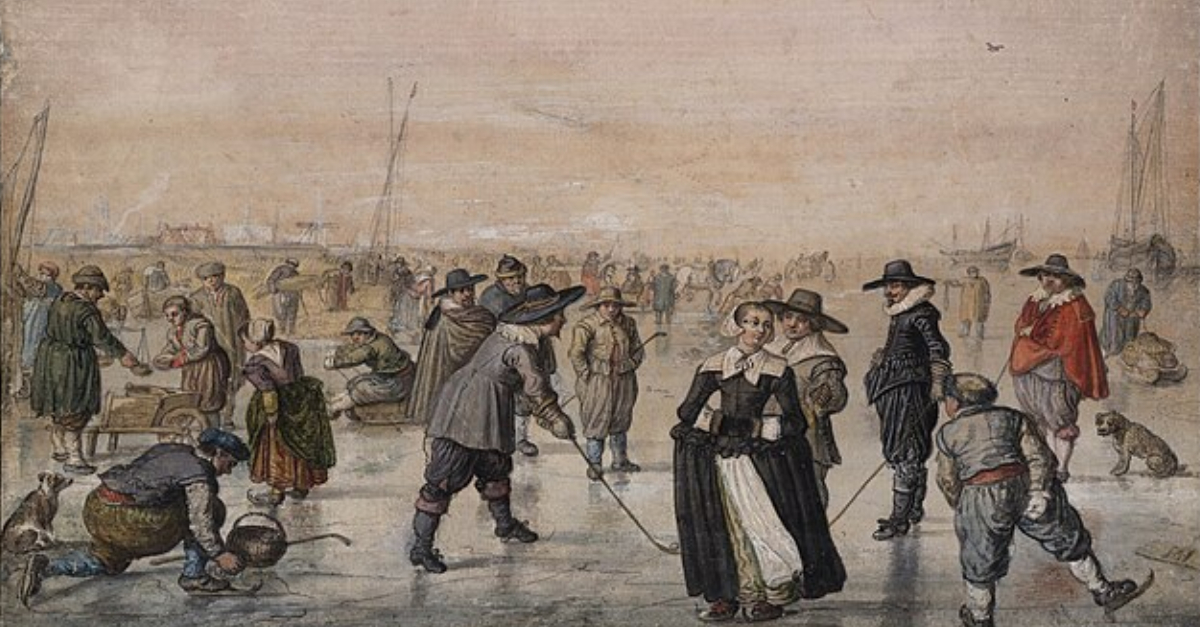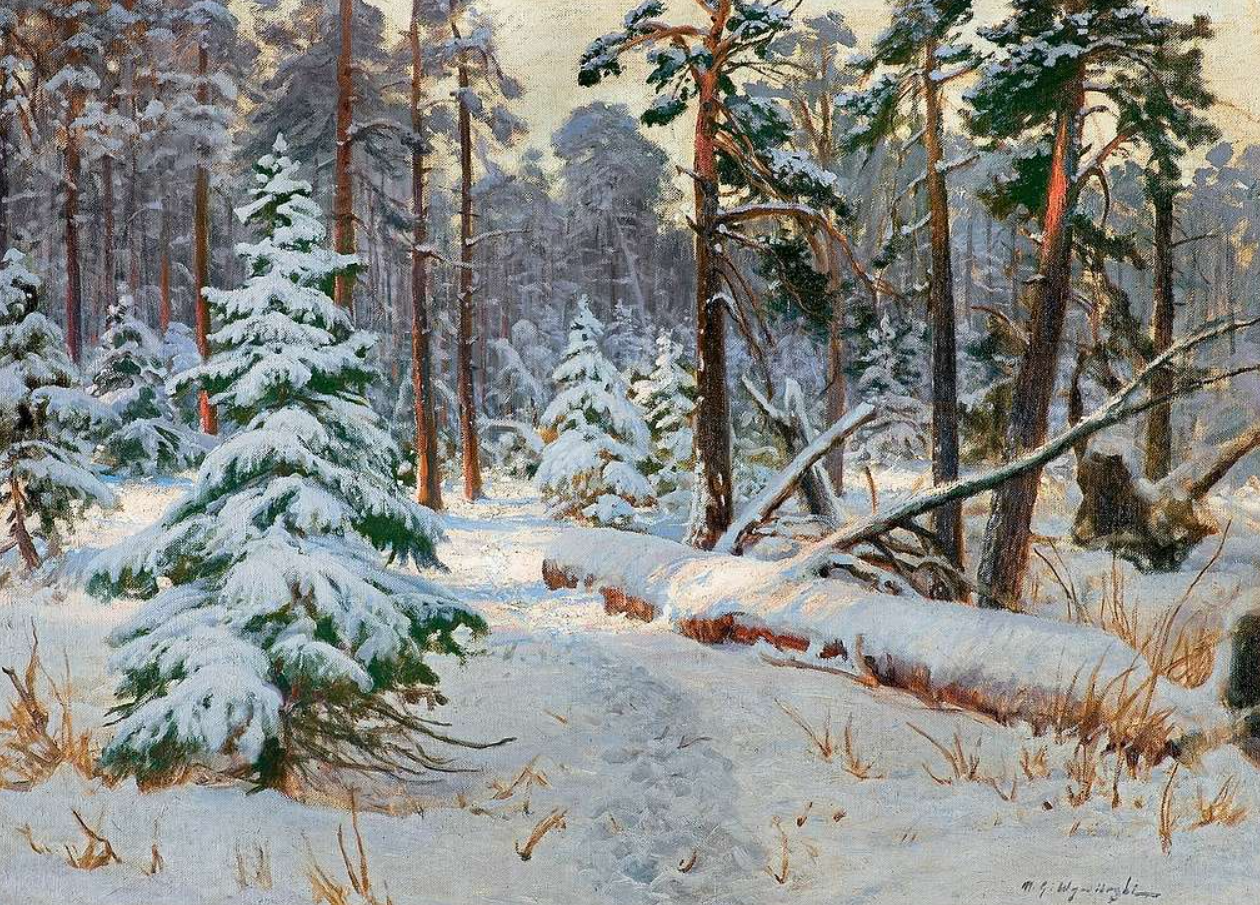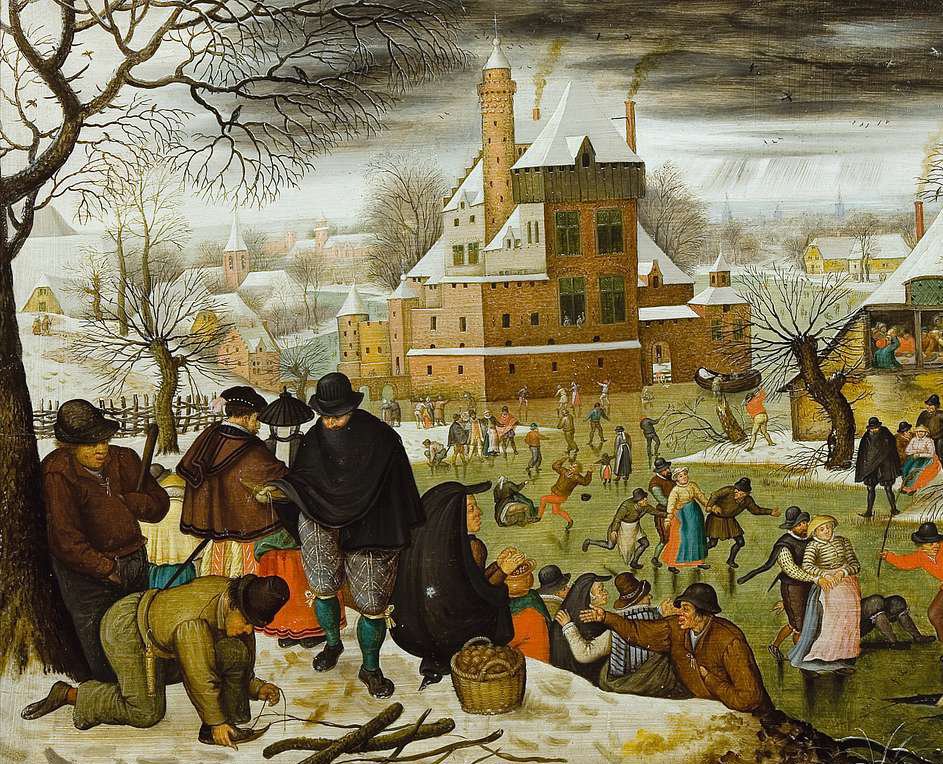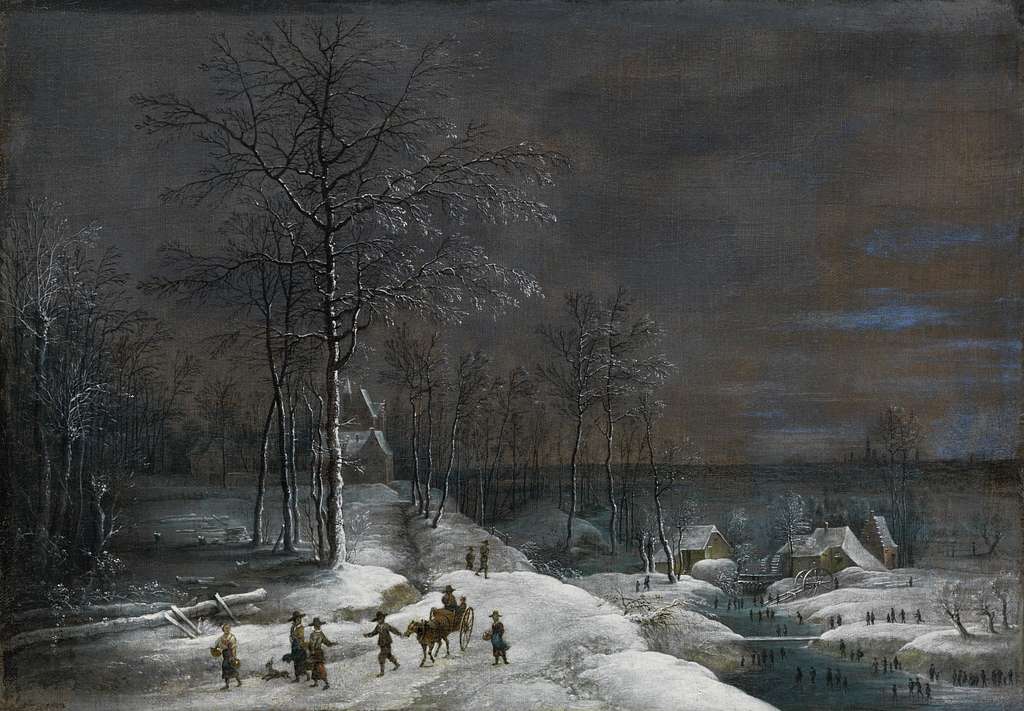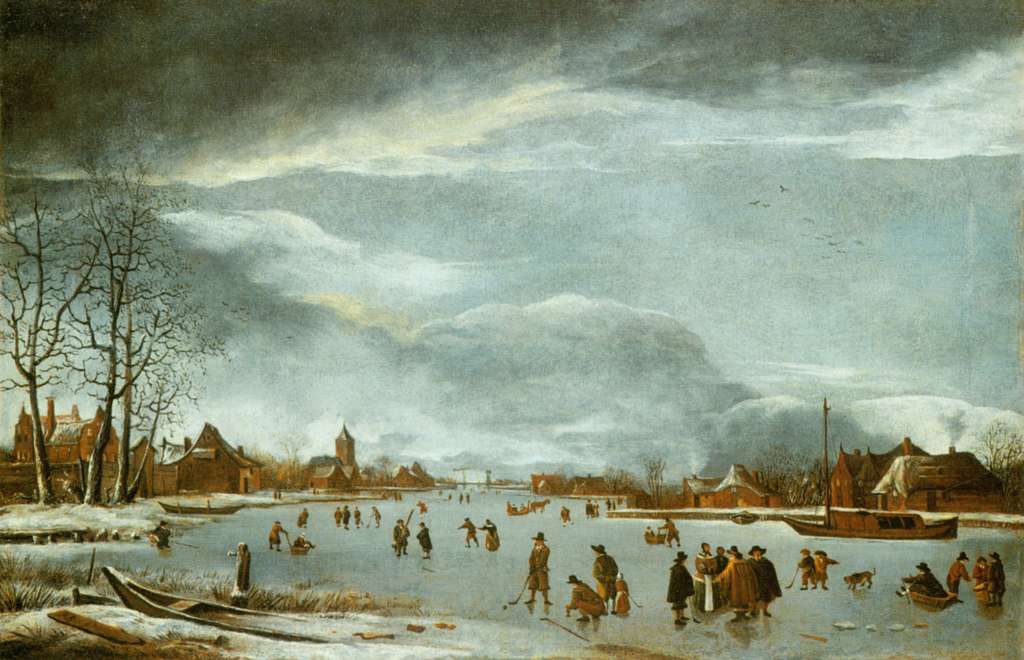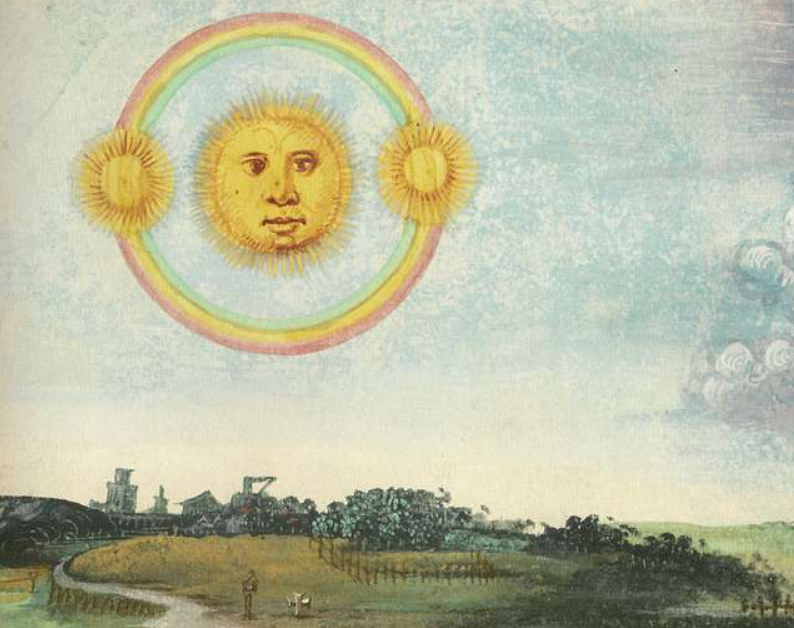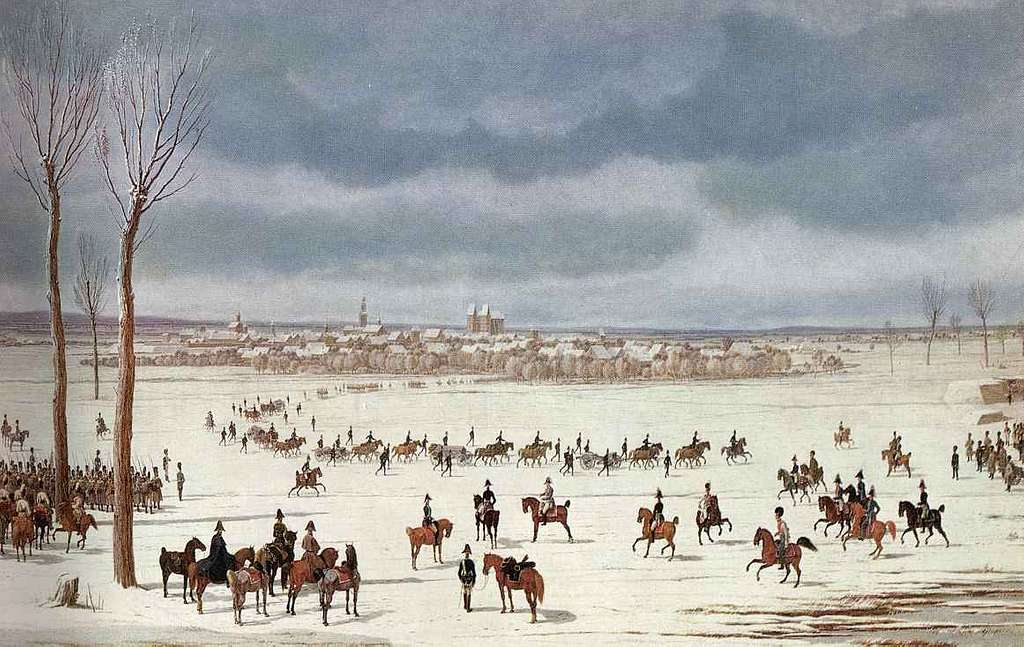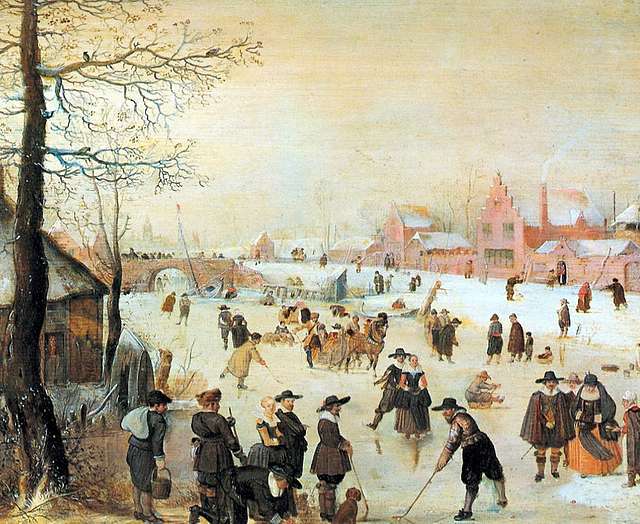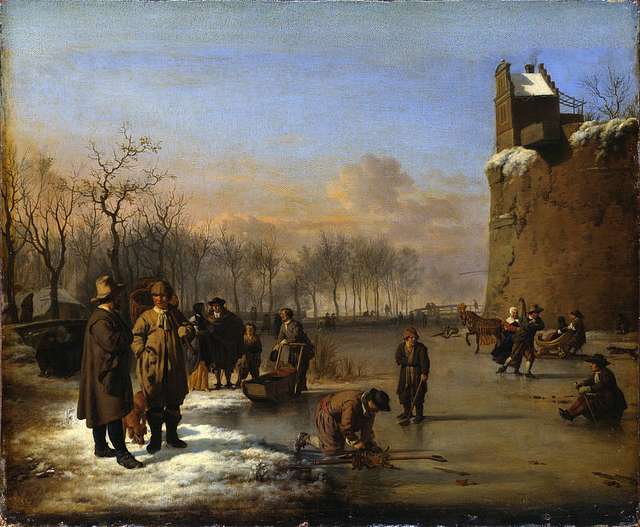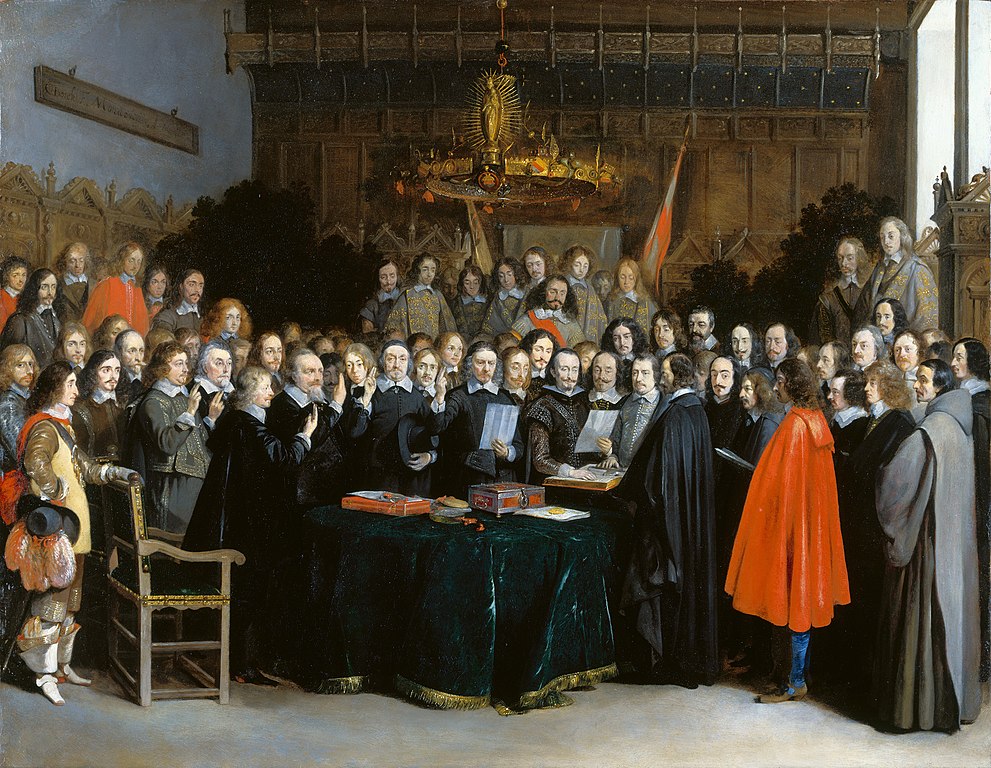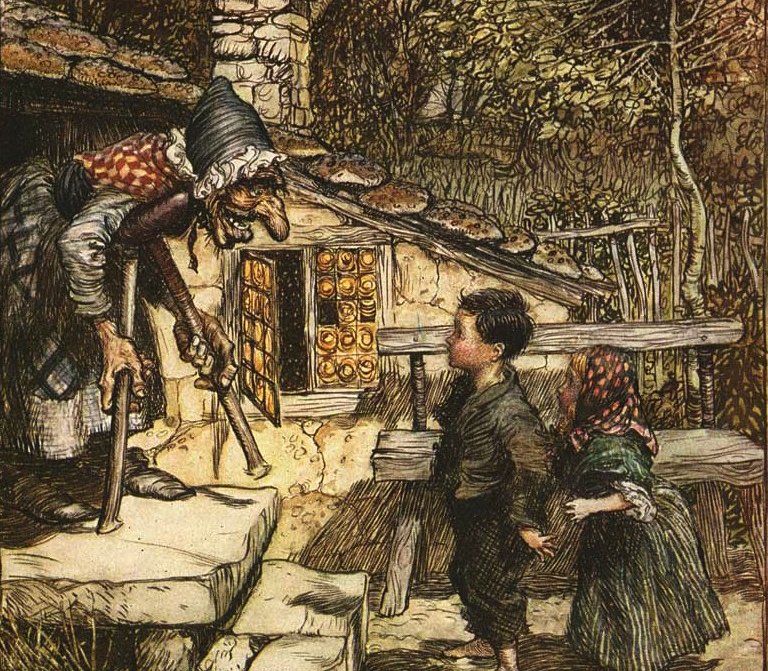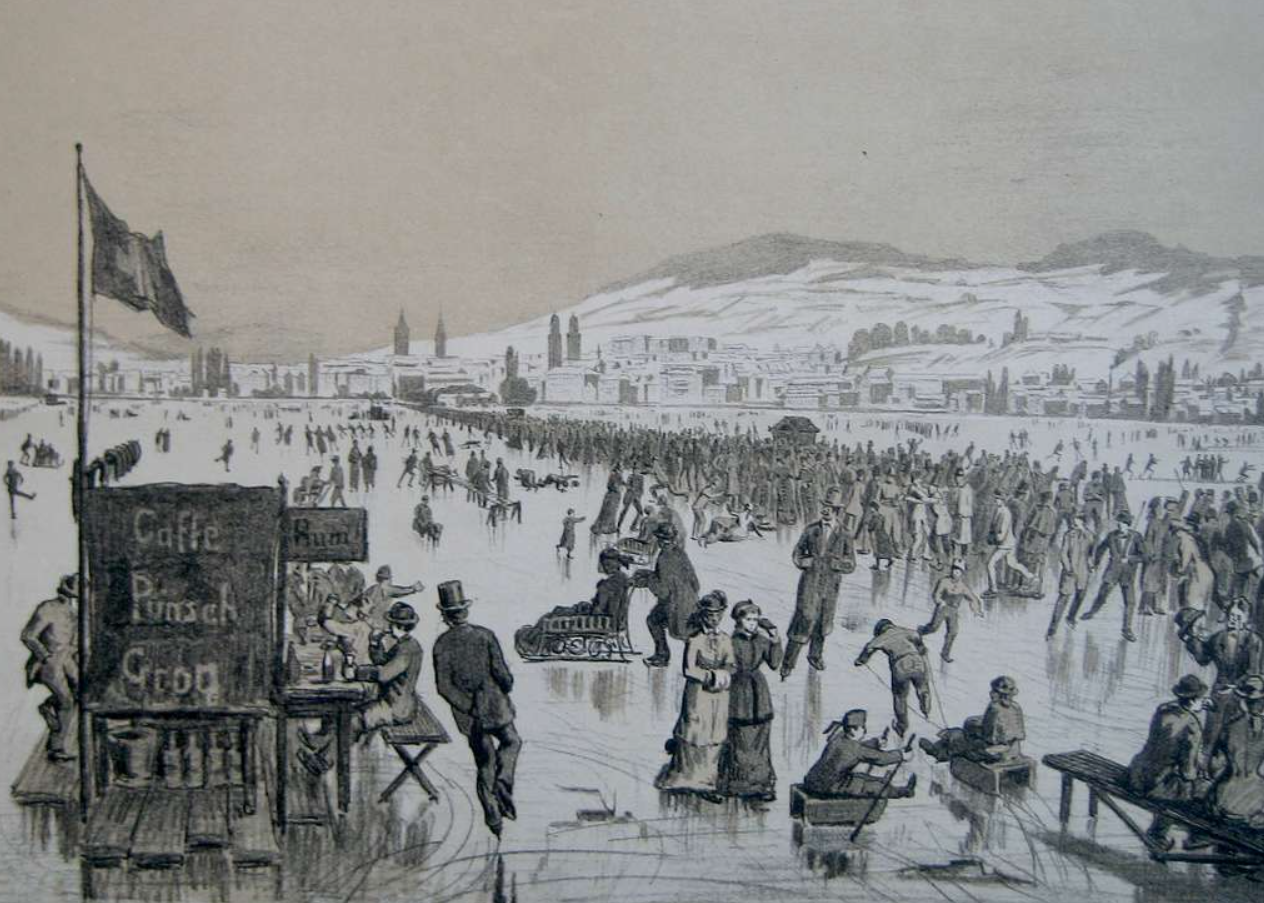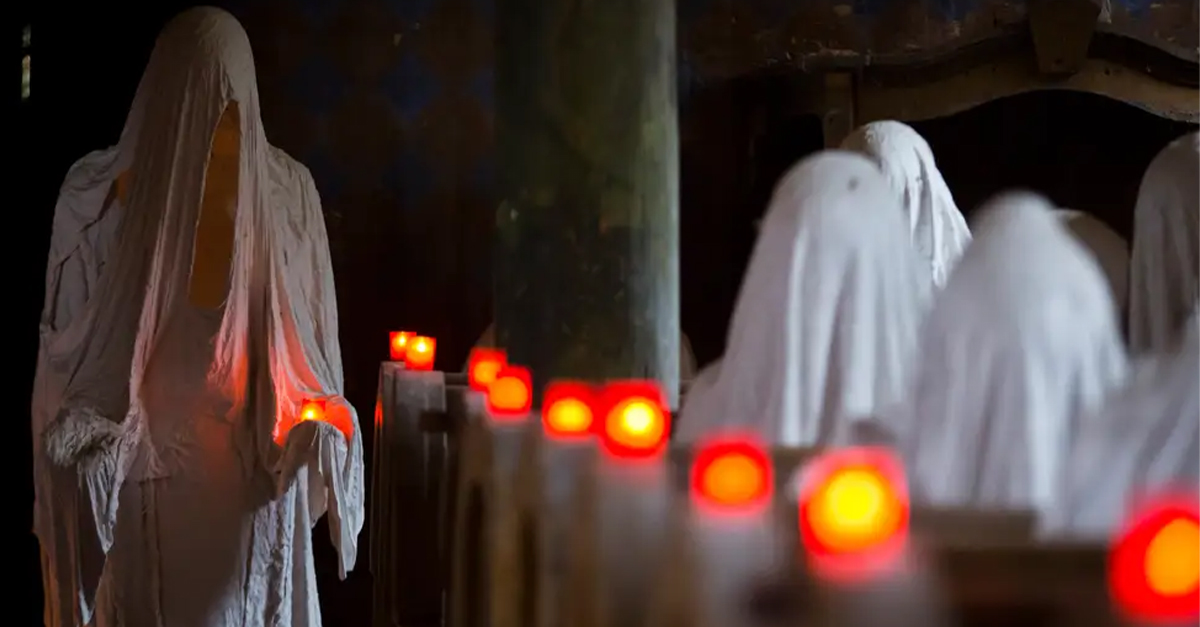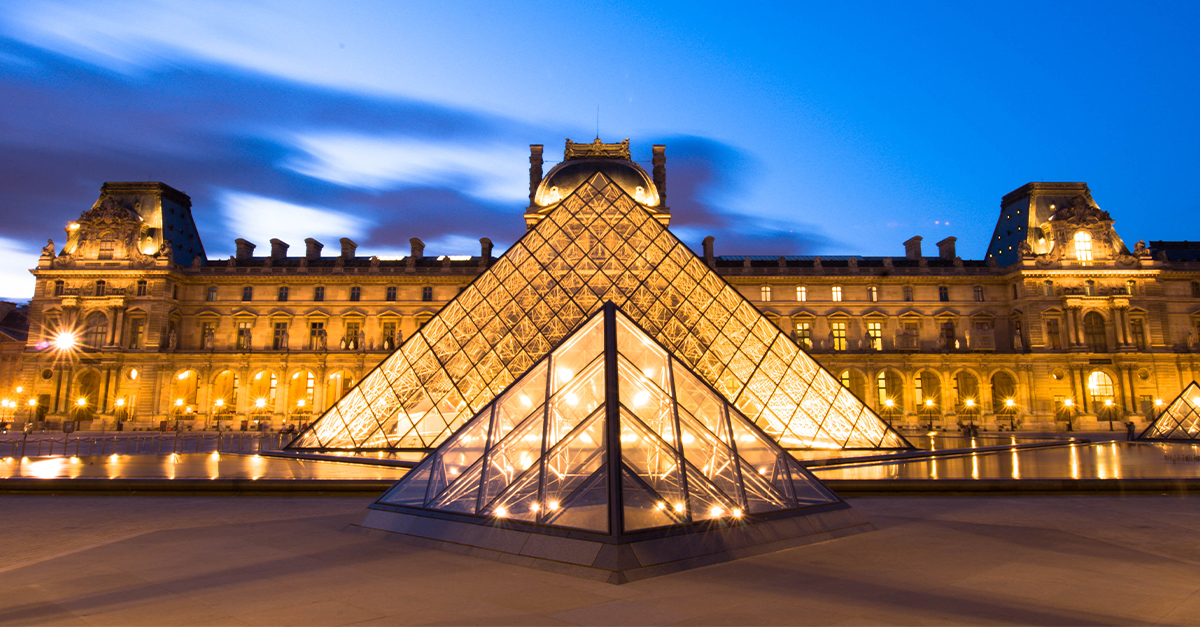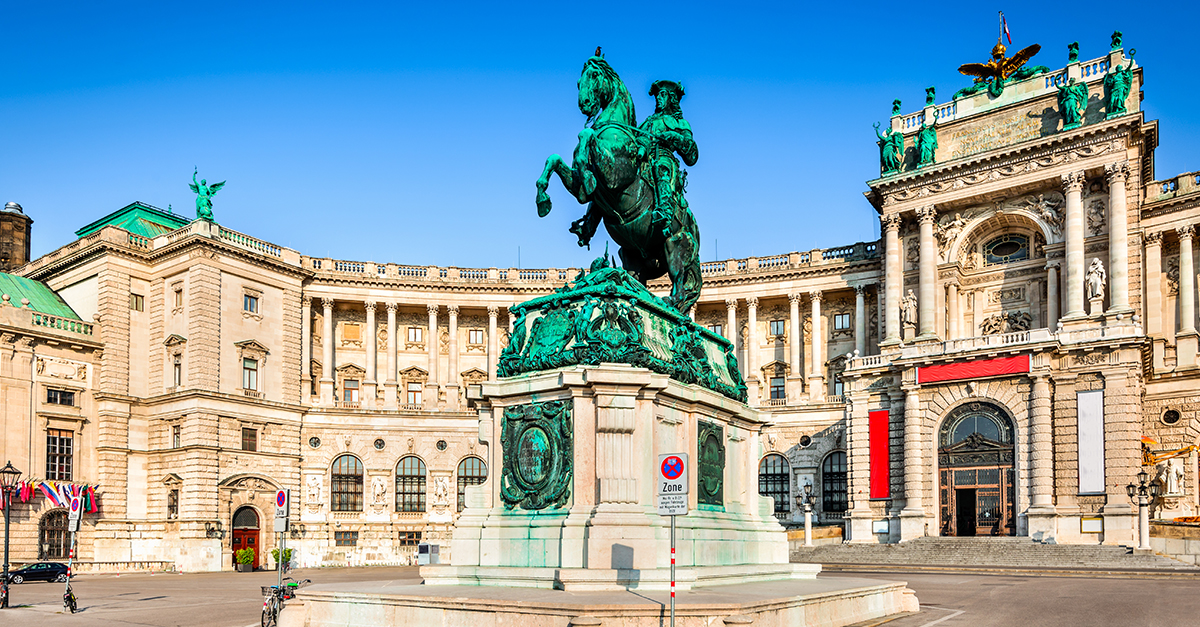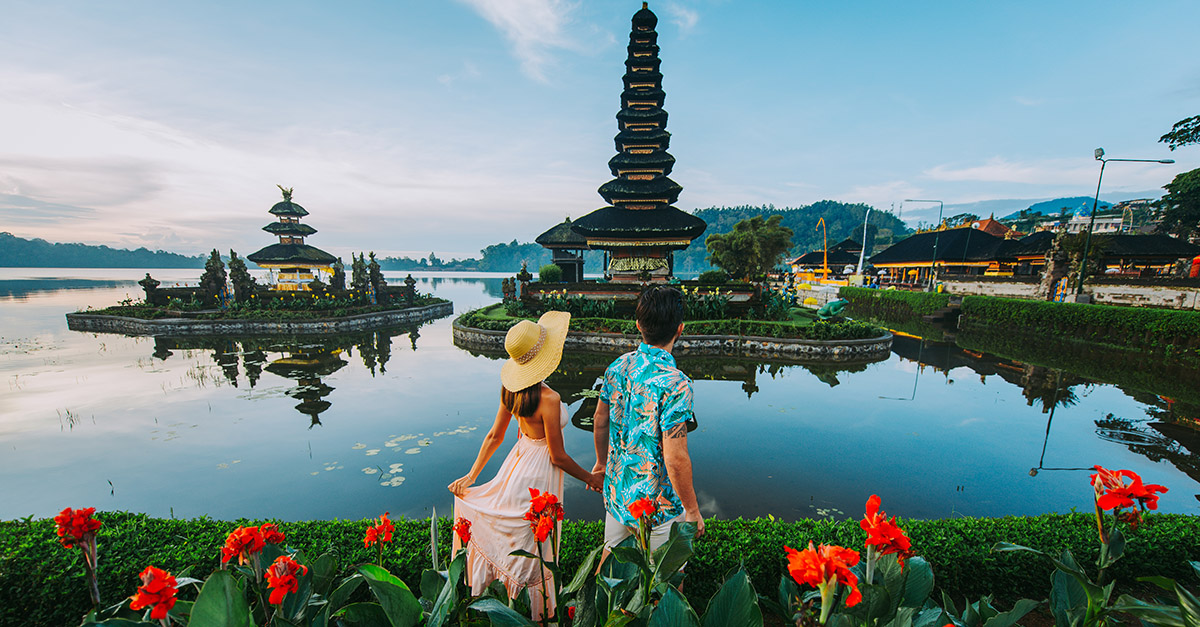Little Ice Age Makes Big Changes
It might be called the "Little Ice Age"—but the lasting effects of this climate event are anything but little. There is plenty to suggest that this period of regional cooling was a key factor leading to the French Revolution and also must bear some blame for the outbreak of the bubonic plague (AKA The Black Death). We probably wouldn’t have the fairy tale of Hansel and Gretel had it not been for the Little Ice Age.
And maybe even more fascinating is new research that suggests a link between some of the coolest temperatures of the Little Ice Age and Christopher Columbus' arrival in America.
Weather Warning
Just a few years ago, the Intergovernmental Panel on Climate Change put out a report warning of extreme weather and climatic events—from storms to floods to wildfires. And while this all might sound far fetched to some, it's nothing certain regions of our planet haven't experienced before.
Good-Bye Medieval Warm Period
From around 1000 to 1200 CE, the North Atlantic region of the planet was in what has been called a Medieval Warm Period. But by the 14th century the "warm" times were over in a big way.
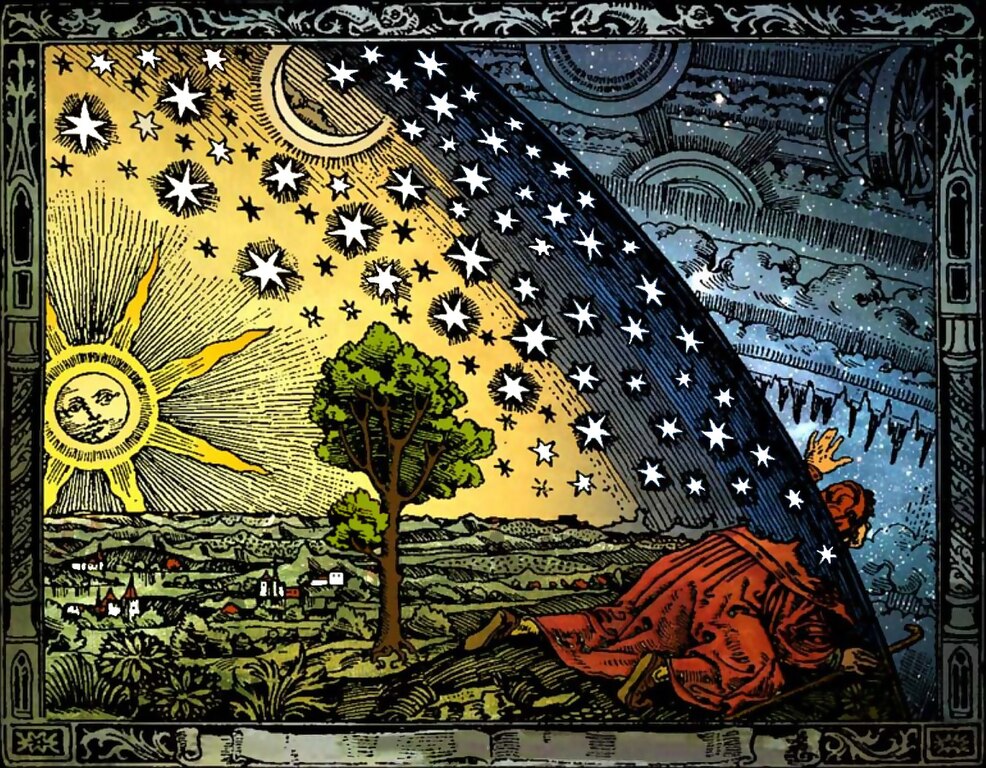 Heikenwaelder Hugo, CC BY-SA 3.0, Wikimedia Commons
Heikenwaelder Hugo, CC BY-SA 3.0, Wikimedia Commons
Freezing And Hunger
Rivers and coastal seas froze over, which brought trade and communications to a stand still. The drop in temperature also killed off crops and livestock and huge downpours spoiled harvests—leading to widespread hunger. This was the start of the Little Ice Age.
Dates In Question
It has been generally agreed upon that the Little Ice Age (LIA) extended between the periods of the 16th and 19th centuries. However, there are many experts who prefer to put the start date around 1300 with an end date of 1850 (which seems to make sense given the start of the lower temps in the 14th century).
2 Degrees
Beginning in the 1300s, the British Isles—as well as the rest of Europe—saw average temperatures drop by 2 whole degrees Celsius. It might not sound like a lot, but the devastating effects it had on the continent were huge and far reaching.
Summer Snow
The Annals of Loch Cé (an important written record of medieval Irish history) describes snowfall in the middle of summer in the mid-1500s.
Frozen Thames
Between 1400 and 1815 the river Thames in London froze multiple times. And we're not just talking a little ice—we mean full on frozen. Enough for people to hold literal fairs on the iced-up river.
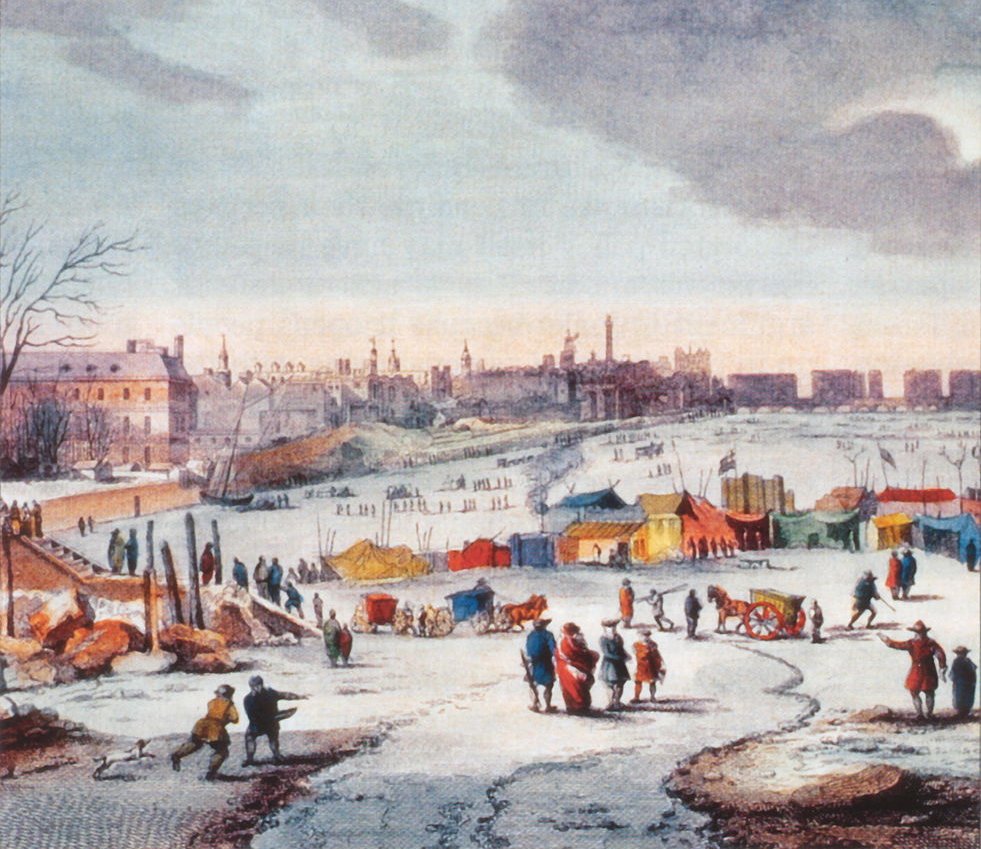 Thomas Wyke, Wikimedia Commons
Thomas Wyke, Wikimedia Commons
Frozen Thames
During what became known as The Great Frost of 1608, there was football, wrestling, dancing, and skating happening on the river. There were even pamphlets printed up at the time titled, "The Great Frost" with the subheading, "Cold doings in London".
 Luke Clenell, Wikimedia Commons
Luke Clenell, Wikimedia Commons
Frozen Thames
12 years later, in 1621, there was another major frost event that covered the Thames with ice so thick London teenagers had no fear burning a gallon of wine on it.
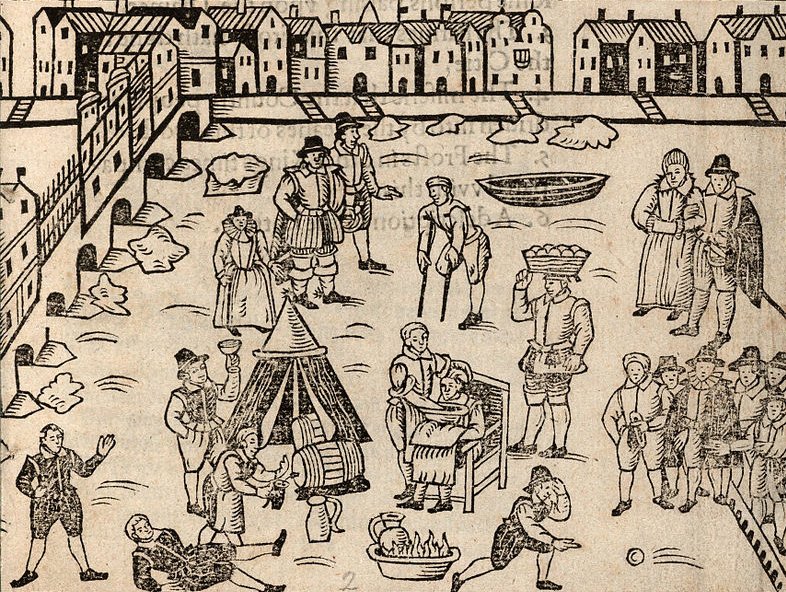 Houghton Library, Wikimedia Commons
Houghton Library, Wikimedia Commons
Causes: Volcanoes
There have been many theories posited as to what caused the Little Ice Age, including volcanic eruptions which can fill the sky with ash and block incoming sunlight—thus cooling the planet. And there were a bunch of big volcanic eruptions throughout the period of the Little Ice Age.
Including: Lombok in Indonesia in 1257, Laki in Iceland in 1783, and Mount Tambora in 1815.
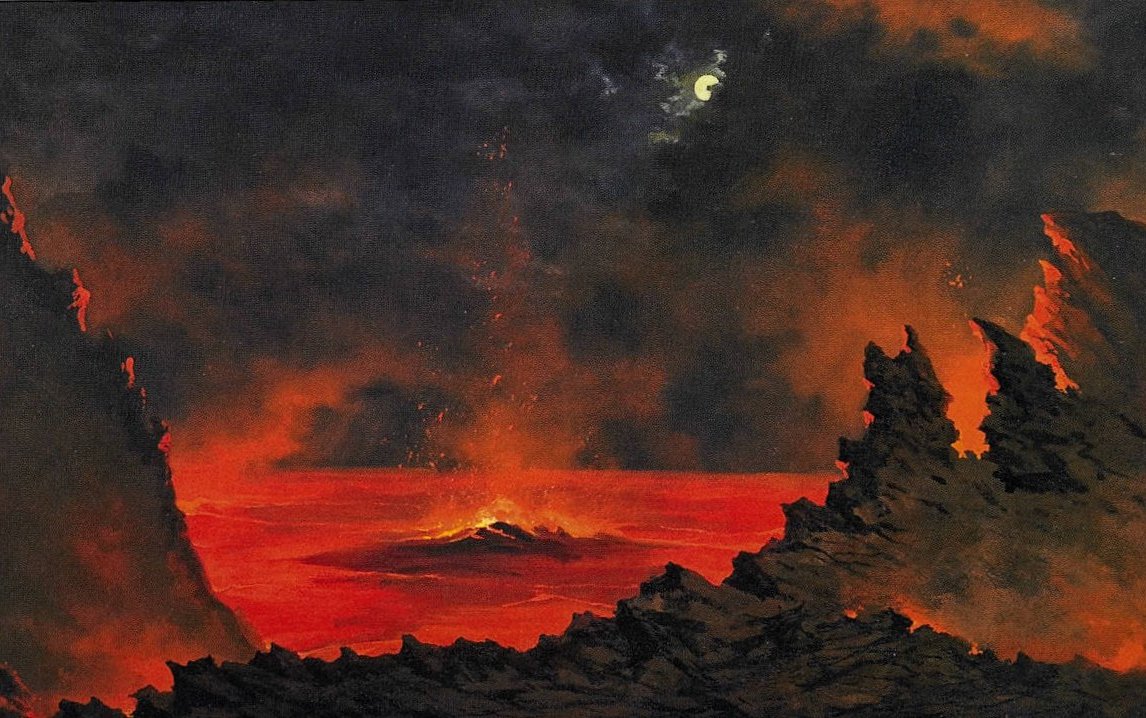 Jules Tavernier, Wikimedia Commons
Jules Tavernier, Wikimedia Commons
Causes: Sunspots
The periods between 1450-1540 and 1645-1715 saw a decrease in the visibility of sunspots. This matters because a decrease in sunspot activity has been linked to decreased solar radiation—and less solar radiation means that there's less energy reaching Earth’s surface (you see where we're going with this).
The two periods of low sunspot activity also happen to be some of the coldest years of the Little Ice Age in Europe.
Causes: Christopher Columbus
One of the most intriguing explanations as to what caused the Little Ice Age has to do with Christopher Columbus. You just thought he was bad news for the Indigenous people in America—but it turns out that his arrival in America had dire consequences for folks back in Europe as well.
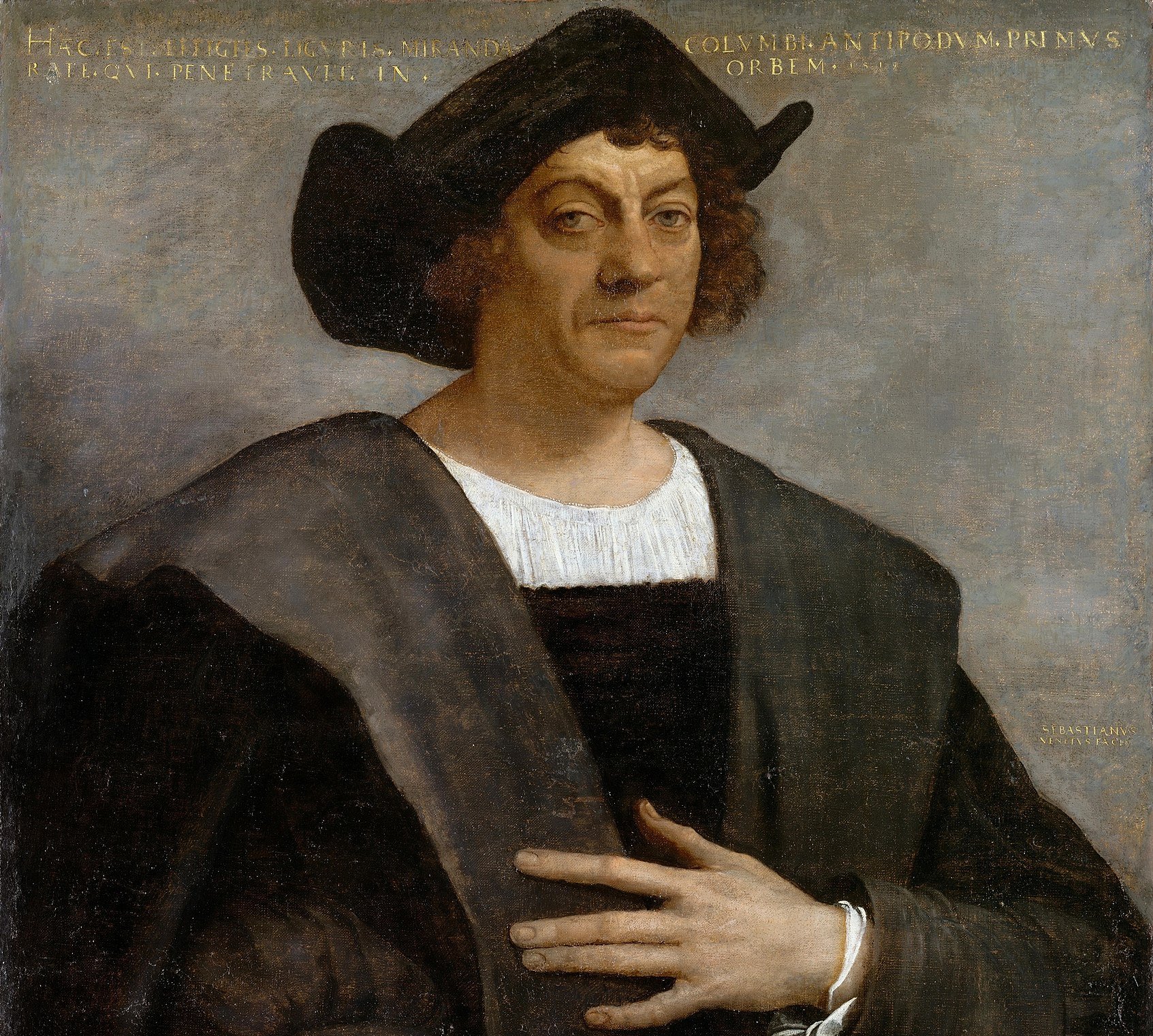 Sebastiano del Piombo, Wikimedia Commons
Sebastiano del Piombo, Wikimedia Commons
Causes: Christopher Columbus
Columbus, as we all learned in school, sailed across the ocean blue in 1492—and brought European colonization to the Indigenous people across that ocean. He also brought disease and war against said people. Not to mention the flora and fauna that was eventually introduced and had devastating effects on the American ecosystem.
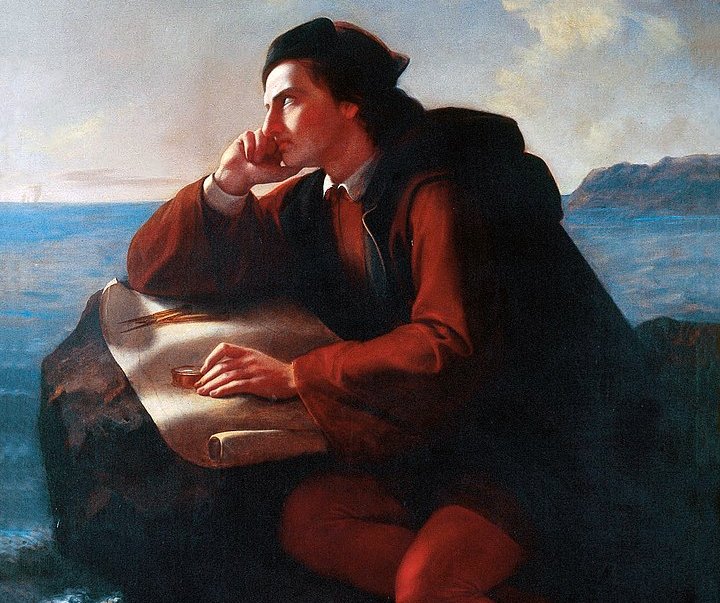 Jose Maria Obregon, Wikimedia Commons
Jose Maria Obregon, Wikimedia Commons
The Great Dying
The diseases, the wars, the displacement, and the colonization lead to the death of upwards of 95% of the Indigenous population over the course of the next 200 years—cutting the population to a mere 6 million. This genocide event has been termed the "Great Dying".
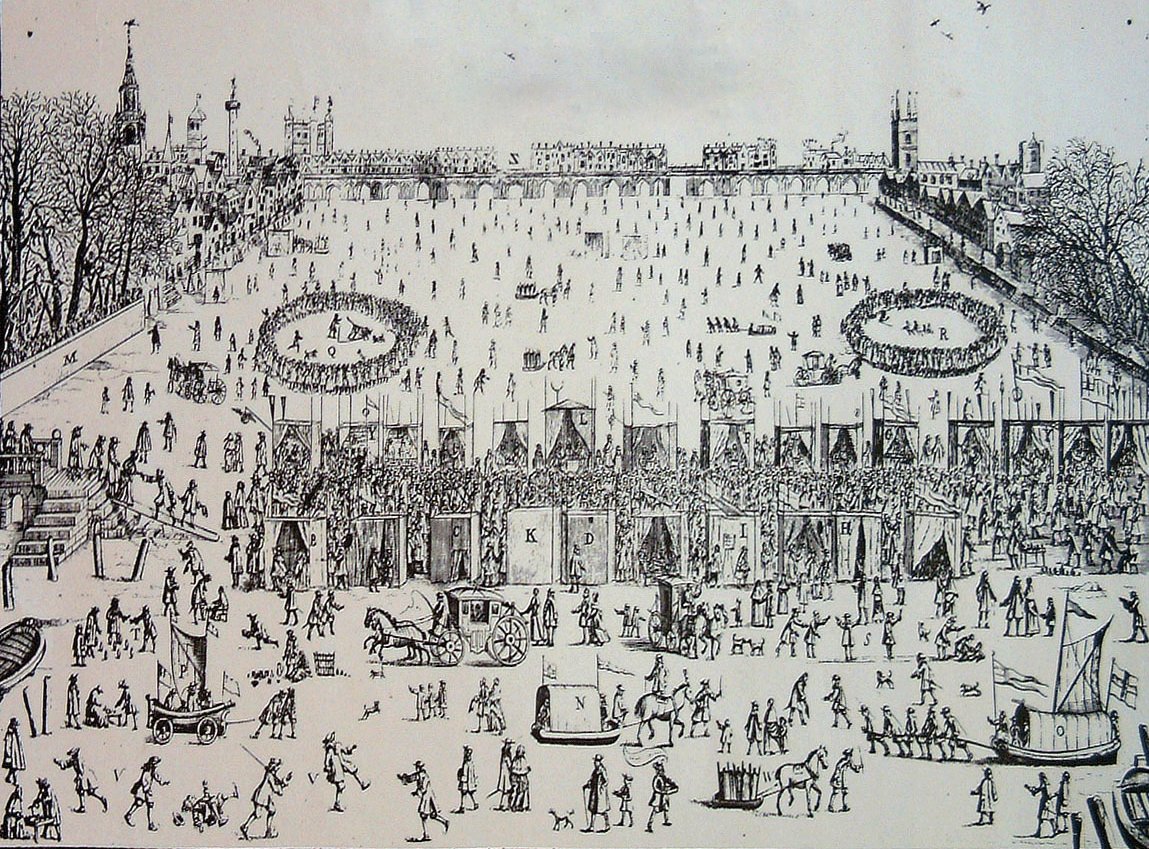 William Warten, Wikimedia Commons
William Warten, Wikimedia Commons
The Great Dying And The Little Ice Age
So, what does all this horrible stuff happening in the Americas have to do with an ice age event in Europe? Well, as recent research has pointed out—the death of so many Indigenous people led to a huge decrease in farming and land cultivation.
The Great Dying And The Little Ice Age
They had been cultivating the land for thousands of years and then, in a relatively short period of time, it all stopped (or, at least much of it did). What did this massive change in cultivation do?
The Great Dying And The Little Ice Age
This gave free reign to wild plants to take over and grow and spread—which in turn led to a decrease in atmospheric carbon dioxide, which led to additional cooling.
Historic Effects
While we now know some of the main causes of the Little Ice Age, it's also important and really interesting to look at its effect on history—which is much bigger than most of us would've ever imagined. Like, the French Revolution, perhaps.
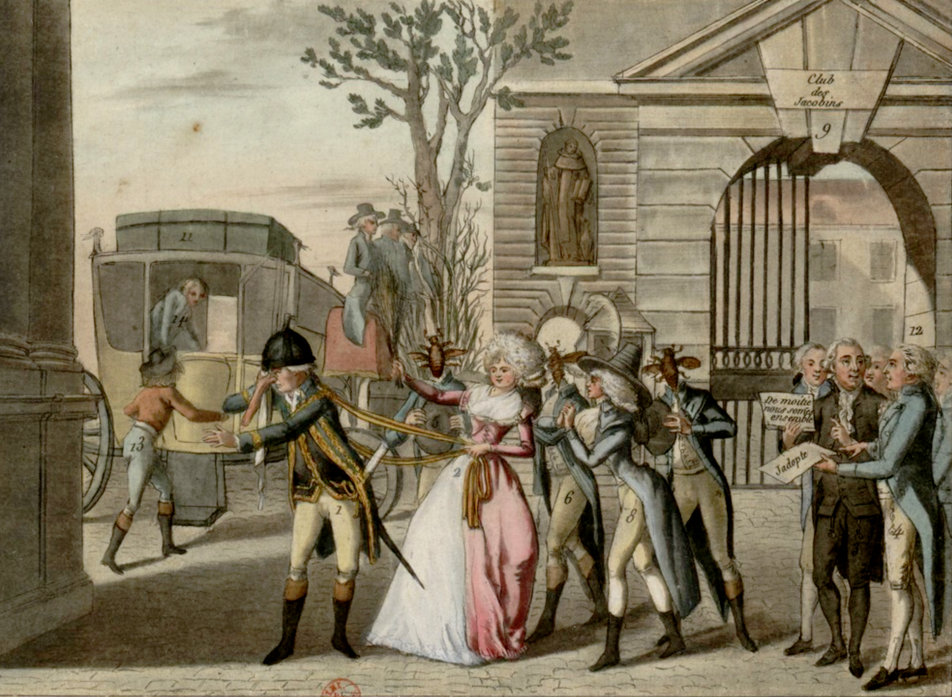 Madame Lebel, Wikimedia Commons
Madame Lebel, Wikimedia Commons
The French Revolution
Taking place from 1789-1799, the French Revolution, and the overthrow of the ancien régime ("old regime") was caused by social, political, and economic factors—and the Little Ice Age played a pretty major part in all of it.
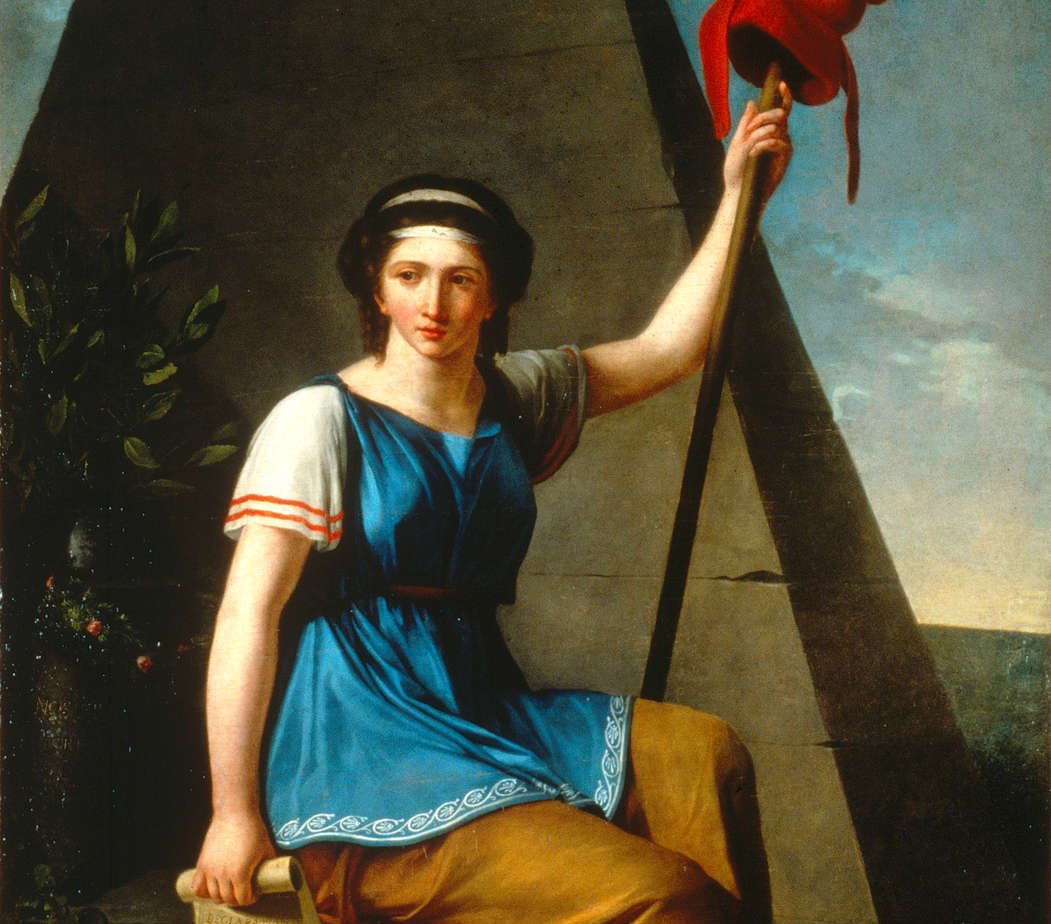 Museum of the French Revolution, Wikimedia Commons
Museum of the French Revolution, Wikimedia Commons
The French Revolution
The dramatic effects of the Little Ice Age on the climate and weather in Europe led to lower crop yields beginning in the 1760s. With the lower yields came higher prices and less of a surplus that farmers could export for profit.
The French Revolution
As the scarcity continued, France saw itself fall into a time of famine among the poorer people of the lower classes.
 Jacques-Louis David, Wikimedia Commons
Jacques-Louis David, Wikimedia Commons
The French Revolution
One of the worst years just happened to be 1788, when an extremely cold winter and a super hot summer just destroyed the drops and led to the "bread riots" of 1789. Which, as historians will tell you, was one of the touch points that led to the French Revolution.
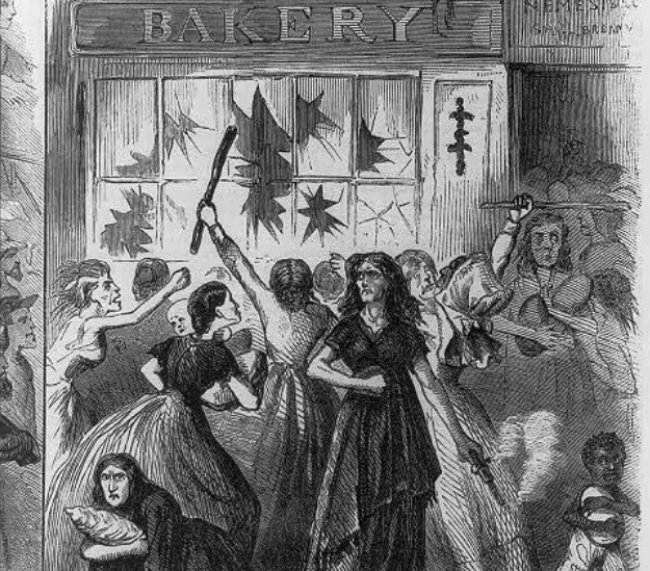 Frank Leslie, Wikimedia Commons
Frank Leslie, Wikimedia Commons
The Bubonic Plague
As we just saw, the Little Ice Age had a major role to play in world-changing historical events in the 1700s. But about 400 years prior to the French Revolution, the Little Ice Age had a hand in the proliferation of the bubonic plague across Europe.
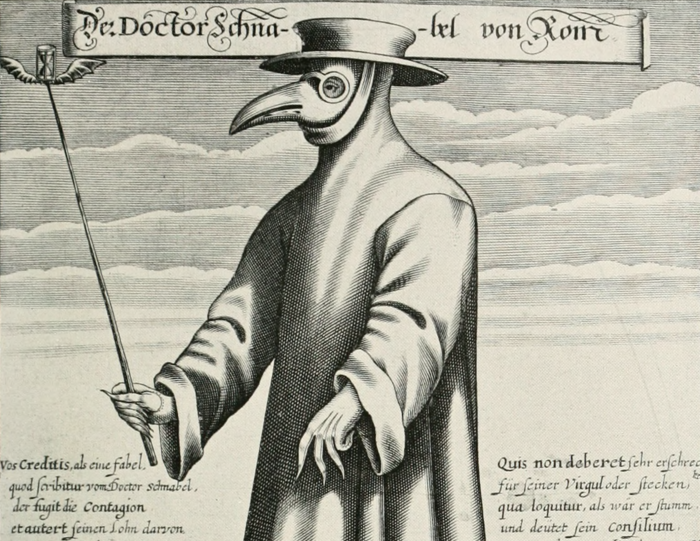 Eugen Holländer, Wikimedia Commons
Eugen Holländer, Wikimedia Commons
The Bubonic Plague
Known as the "Black Death", the massive spread of the bubonic plague throughout Europe in the mid-1300s took the lives of millions of people. And the Little Ice Age is a big reason why.
 Unknown Artist, CC BY 4.0 Wikimedia Commons
Unknown Artist, CC BY 4.0 Wikimedia Commons
The Bubonic Plague
You see, the plague mostly infects humans via fleas who live on rodents (mice, rats). Well, back in the early 14th century, Europe experienced food shortages, leading to "The Great Famine" and the need to import grain from the Middle East—and many of the ships that brought the grain, also brought rats infected with the bubonic plague.
 Pierart dou Tielt, Wikimedia Commons
Pierart dou Tielt, Wikimedia Commons
The Great Fire Of London
On September 2, 1666 King Charles II’s baker, Thomas Farrinor, went to bed without properly extinguishing his oven for the night. Thus started the Great Fire of London.
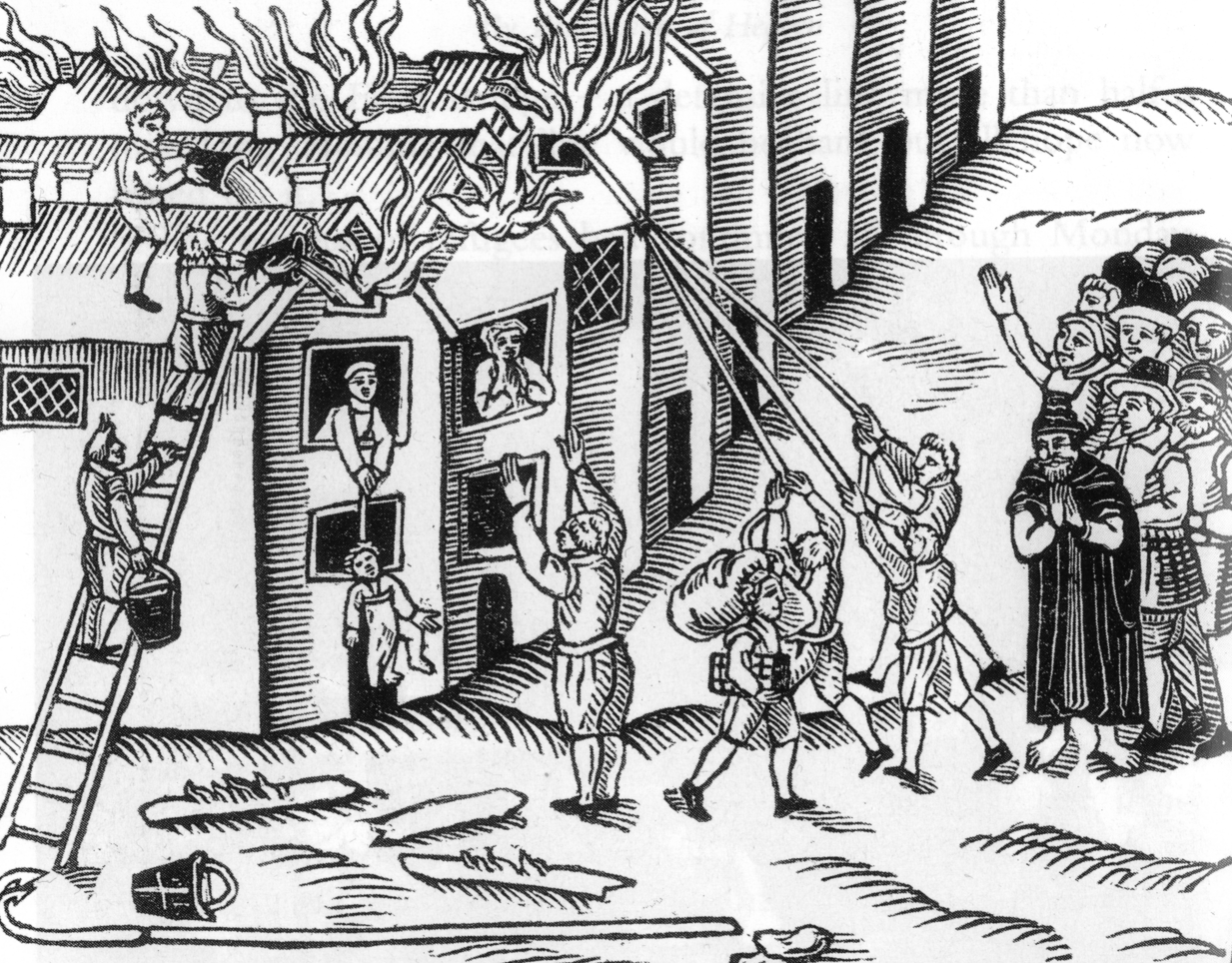 Unknown Artist, Wikimedia Commons
Unknown Artist, Wikimedia Commons
The Great Fire Of London
The fire raged for four days until, finally, on September 6th, it was brought under control. And while the loss of life in the fire was only 16 people, the loss of property was massive.
The Great Fire Of London
With over 80% of the city burning down, there were 100,000 people left homeless. And it might not have been so bad—had it not been for the Little Ice Age.
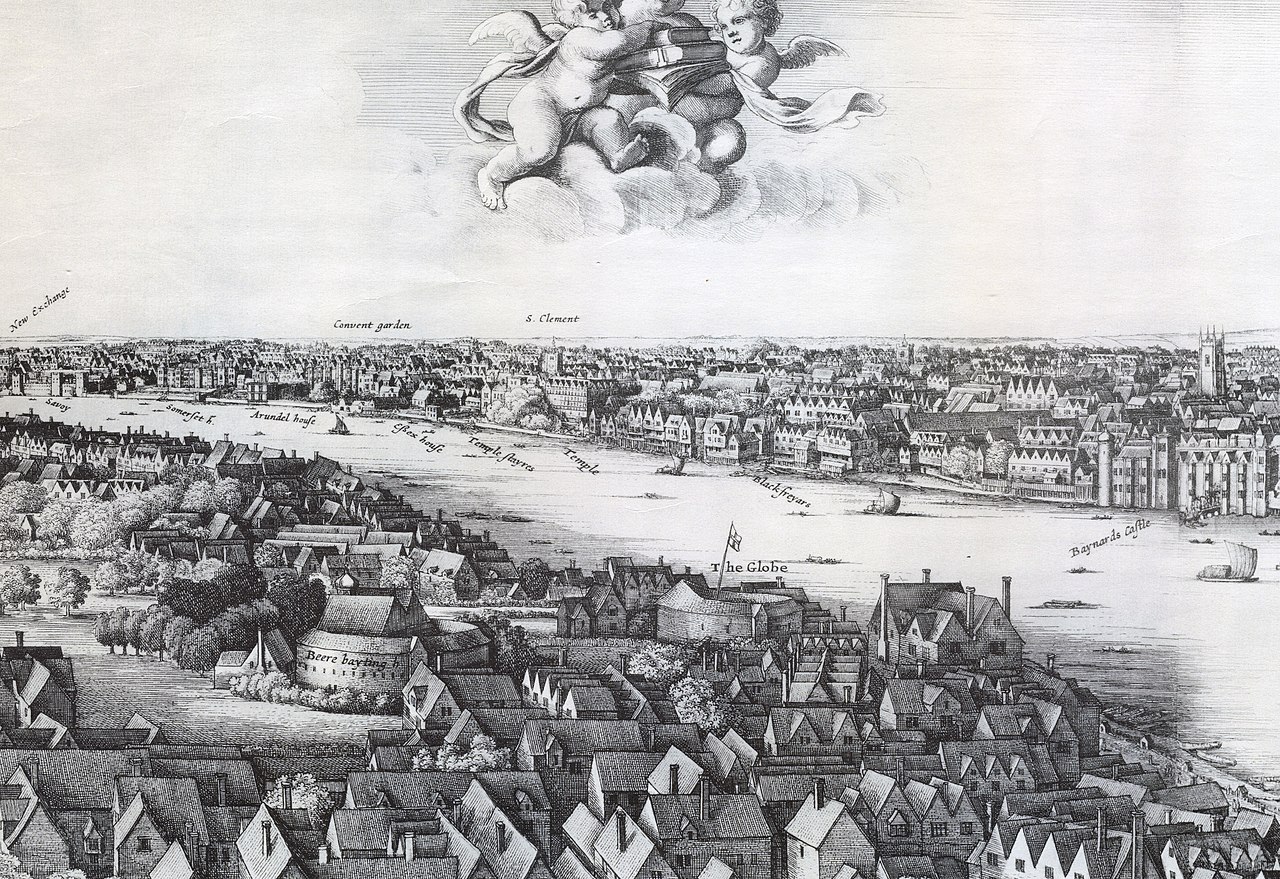 Wenceslaus Hollar, Wikimedia Commons
Wenceslaus Hollar, Wikimedia Commons
The Great Fire Of London
1666 was a particularly extreme year when it came to climate viability due to the Little Ice Age. The winter of 65-66 was brutally cold—and that was followed by a very hot and dry summer, making all those oak timber London buildings just ripe for burning.
 Wenceslaus Hollar, Wikimedia Commons
Wenceslaus Hollar, Wikimedia Commons
The Thirty Years’ War
How did the Little Ice Age have anything to do with a religious war between Catholics and Protestants? Well, the truth is that while religion might've been the reason the war started—as time went on, control of Europe became the overriding goal.
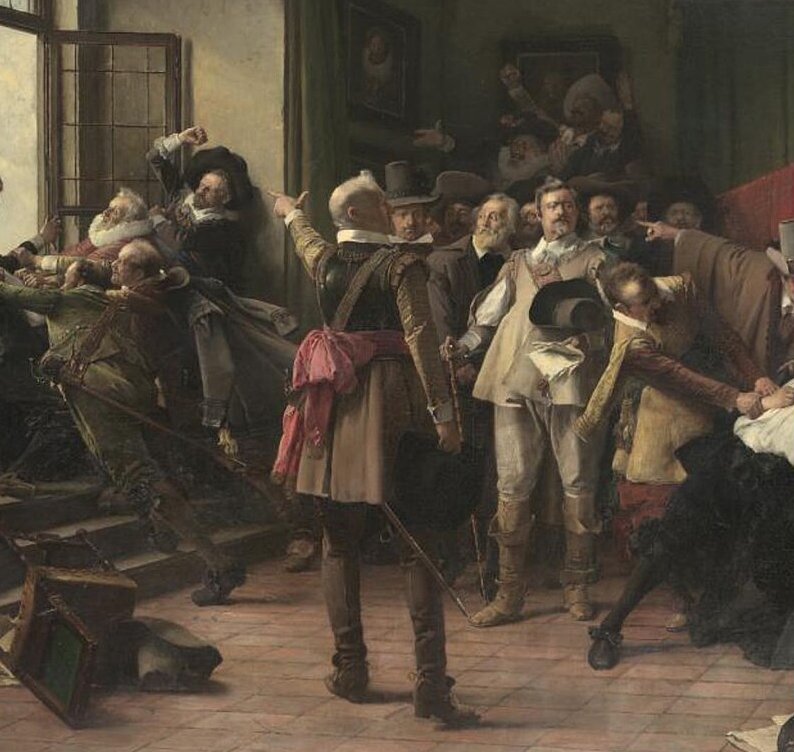 DavidDijkgraaf, CC BY-SA 4.0 Wikimedia Commons
DavidDijkgraaf, CC BY-SA 4.0 Wikimedia Commons
The Thirty Years’ War
Between 1618 and 1648, over 8 million lives were lost in this devastating conflict that consumed much of the European continent.
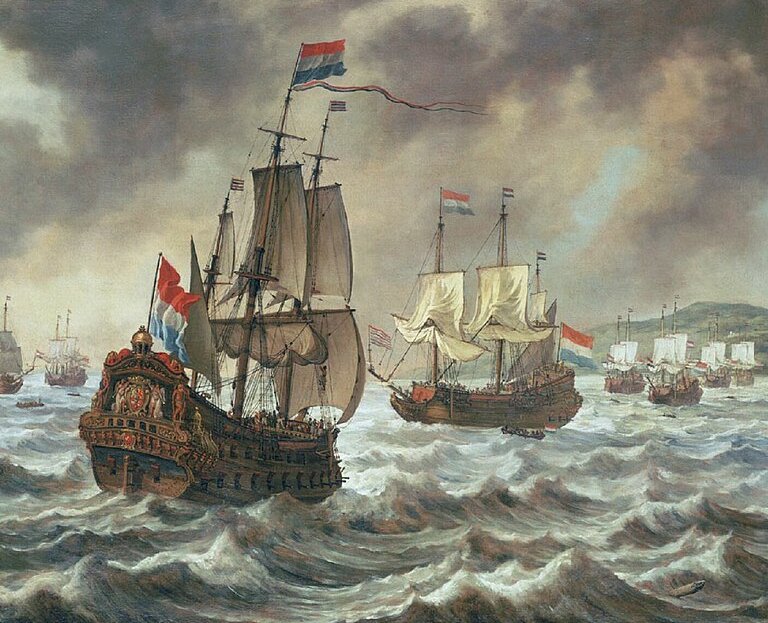 DavidDijkgraaf, CC BY-SA 4.0, Wikimedia Commons
DavidDijkgraaf, CC BY-SA 4.0, Wikimedia Commons
The Thirty Years’ War
The war is one of the events of the era that has come to be known as the "General Crisis, a period in the mid-to late 1600s associated with economic distress, social unrest, disease, famine and, of course, war.
The Thirty Years’ War
As far as the Little Ice Age's blame in all this—again we go back to the climate variability and the devastation to the crops, leading to price hikes, hunger, and a devastating hit to the economy, which caused problems socially and politically as well. These are all things that tend to be breeding grounds for war.
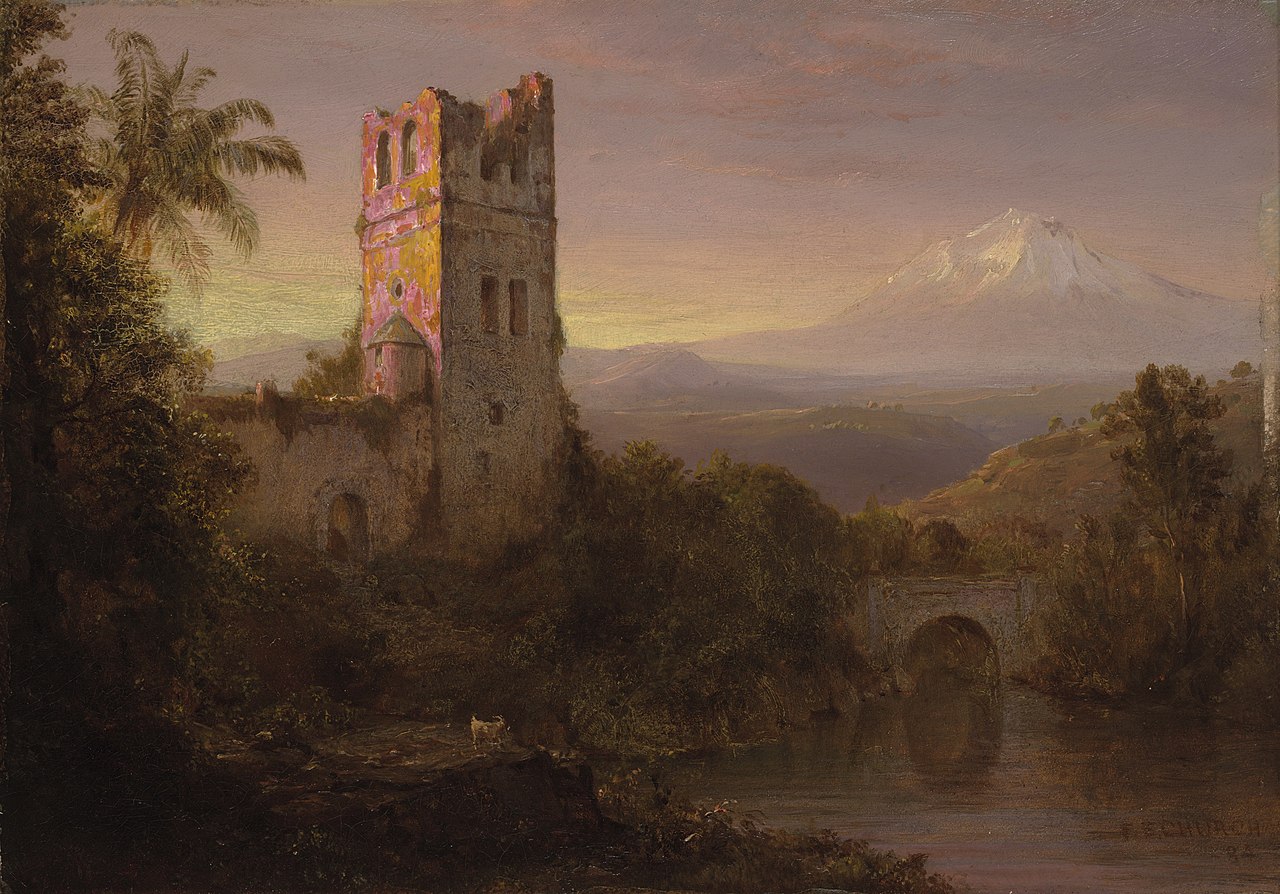 Frederic Edwin Church, Wikimedia Commons
Frederic Edwin Church, Wikimedia Commons
The European Witch Hunts
The 16th and 17th centuries in Europe were high times for literal witch hunts on the continent—and it was rather common to see those suspected of being witches persecuted and punished (with their lives).
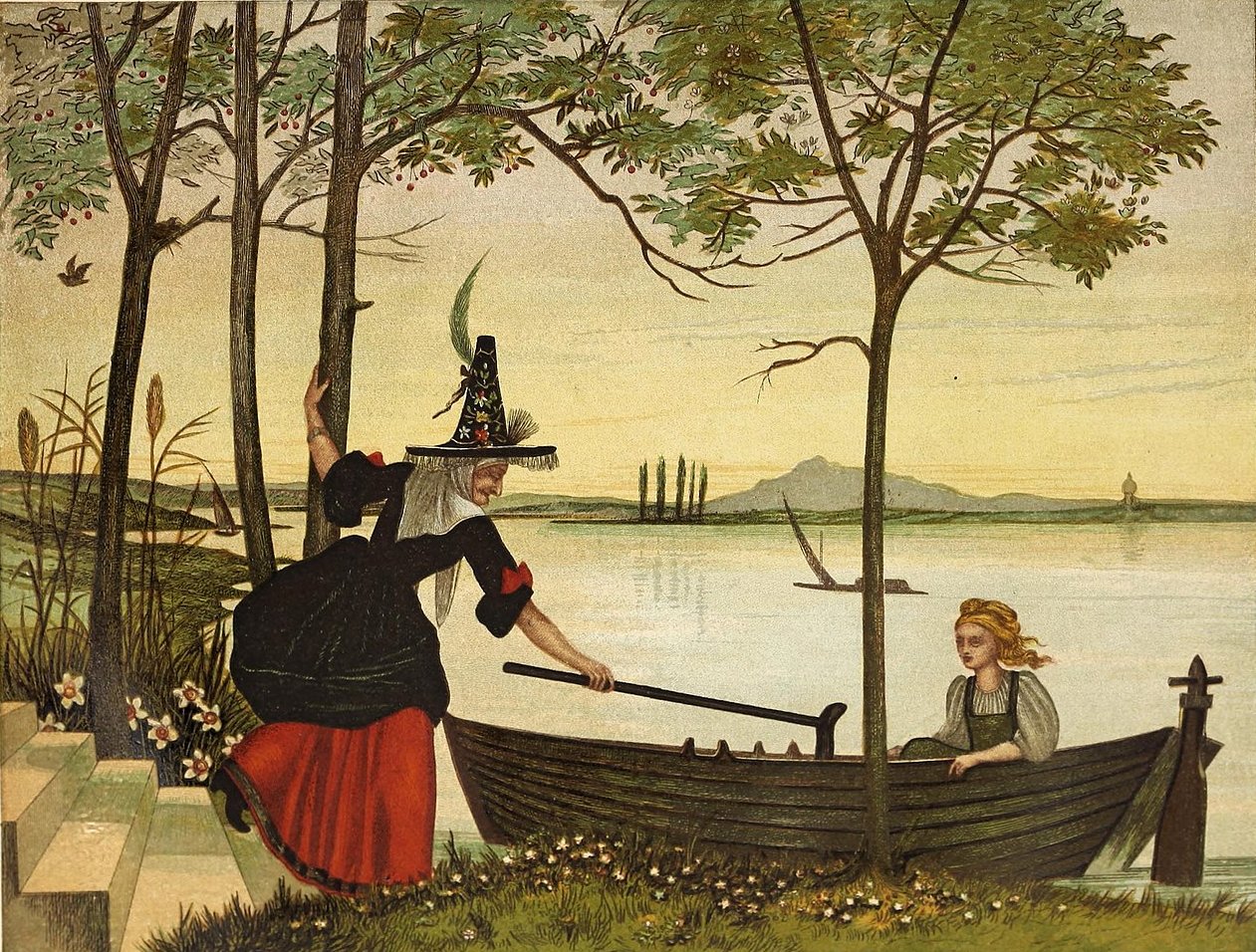 Eleanor Vere Boyle, Wikimedia Commons
Eleanor Vere Boyle, Wikimedia Commons
The European Witch Hunts
The peak years of witch hunting was "The Great Hunt", which lasted from 1560 to 1630 when accusations, trials, and punishments led to the death of some 40,000 "witches"—which is about half of the 80,000 accused during this period.
 José Sanchez, CC0, Wikimedia Commons
José Sanchez, CC0, Wikimedia Commons
The European Witch Hunts
So, why was there such a surge in witch hunting and accusations at this time? Well, again it comes back to the Little Ice Age and the havoc it wrought on the climate.
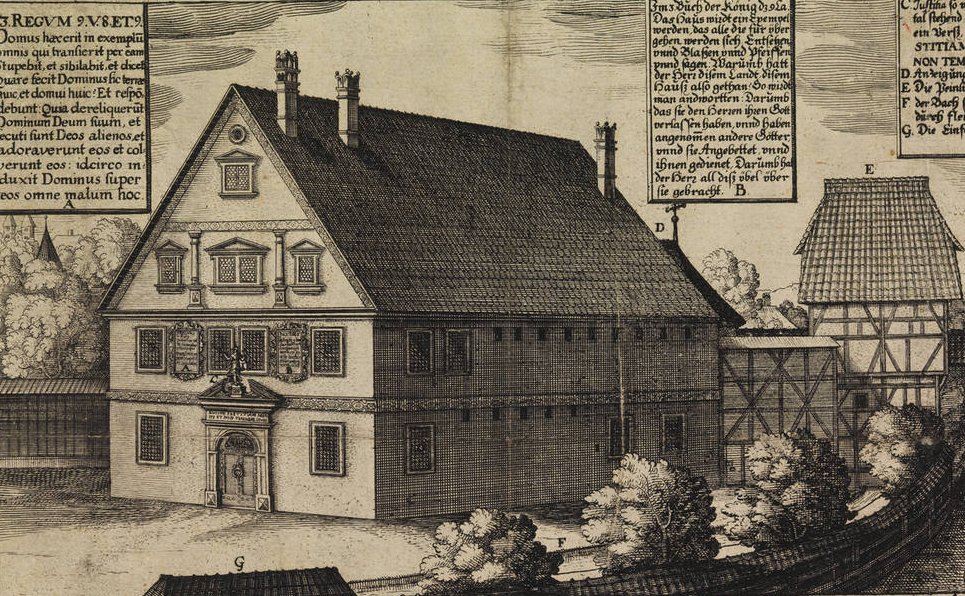 Unknown Artist, Wikimedia Commons
Unknown Artist, Wikimedia Commons
The European Witch Hunts
With the poor harvests and mass events such as the Great Famine and the Black Death, people looked for explanations everywhere. And one of the places many felt comfortable placing blame was on "witches"—something that many religious leaders not only condoned, but encouraged.
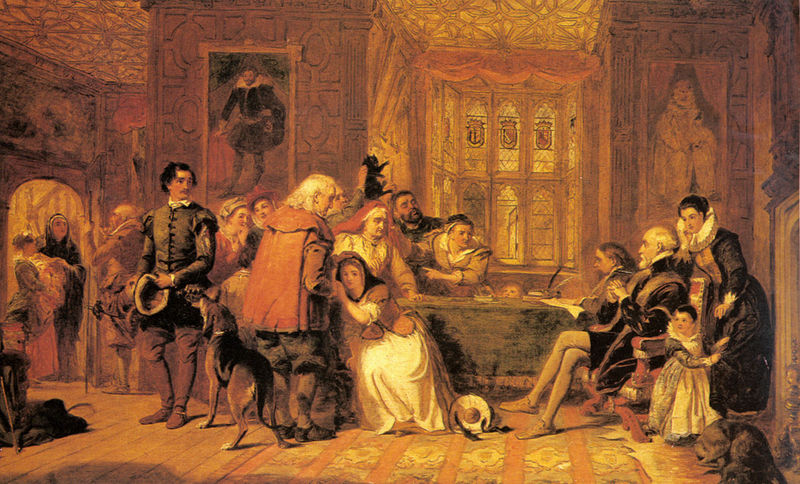 Unkown Artist, Wikimedia Commons
Unkown Artist, Wikimedia Commons
The Little Ice Age And Literature
While we have thus far discussed the Little Ice Age's effect on the planet and history, we don't want to forget the effect it had on some of the most famous works of art and literature as well. Take Hansel and Gretel for example...
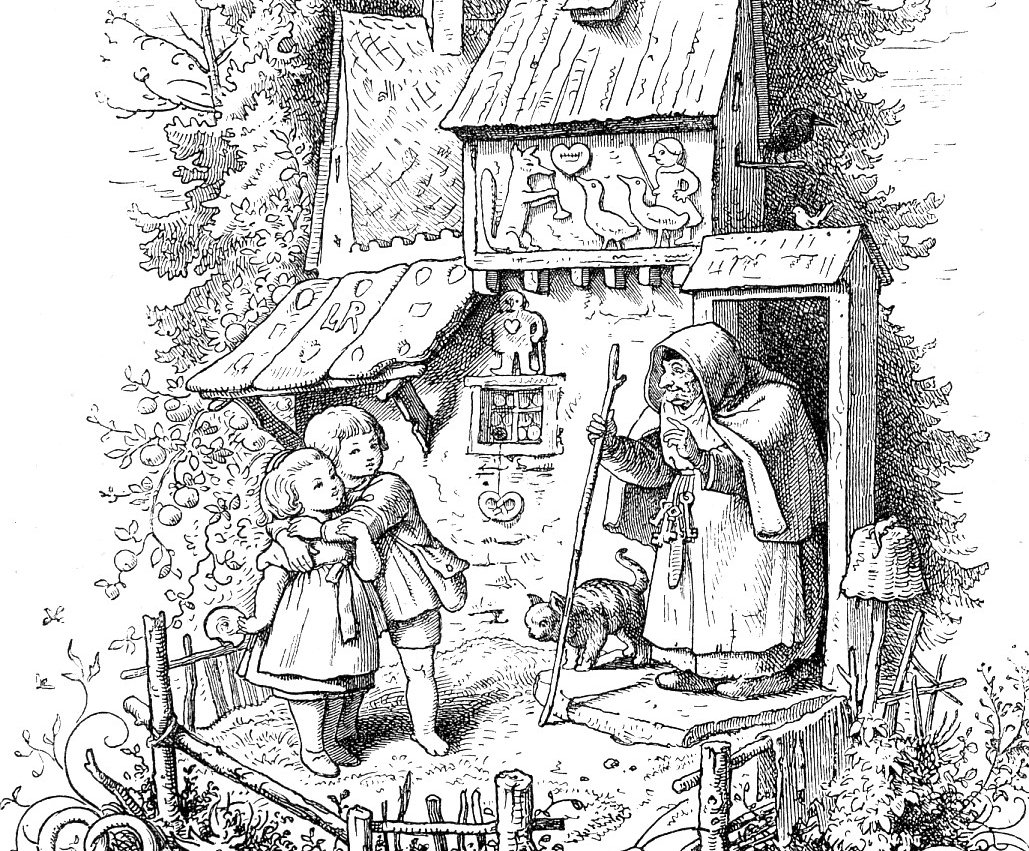 Ludwig Richter, Wikimedia Commons
Ludwig Richter, Wikimedia Commons
Hansel And Gretel
As you may recall the story of Hansel and Gretel sees the two young children abandoned by their parents in the woods only for them to be captured and imprisoned by an evil witch who works to fatten them up so she can eventually eat them.
Hansel And Gretel
Although The Brothers Grimm published their tale in Kinder-und Hausmärchen (Grimms’ Fairy Tales) in 1812, the story originated in the Baltic region in the 1300s and was inspired by the Great Famine of 1315-1317.
And it wasn't uncommon during these dire times for parents, unable to feed their children, to abandon them. There were also those who resorted to cannibalism out of desperation as well.
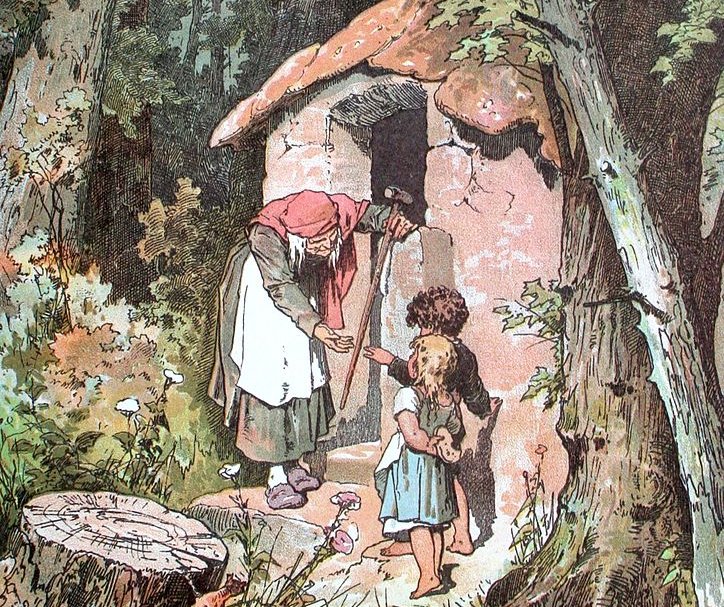 Alexander Zick, Wikimedia Commons
Alexander Zick, Wikimedia Commons
Not So Little After All
As you can see, the Little Ice Age was more than just a weather and climate event. It was a world-changing, history-altering phenomenon whose political and social effects can still be felt today.

